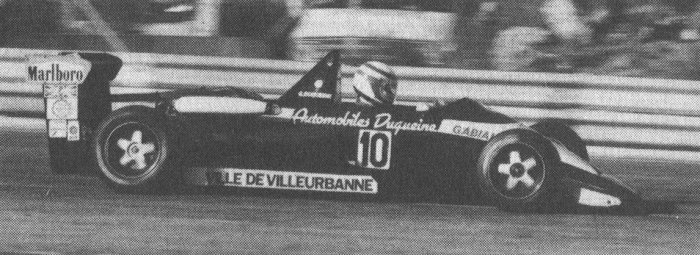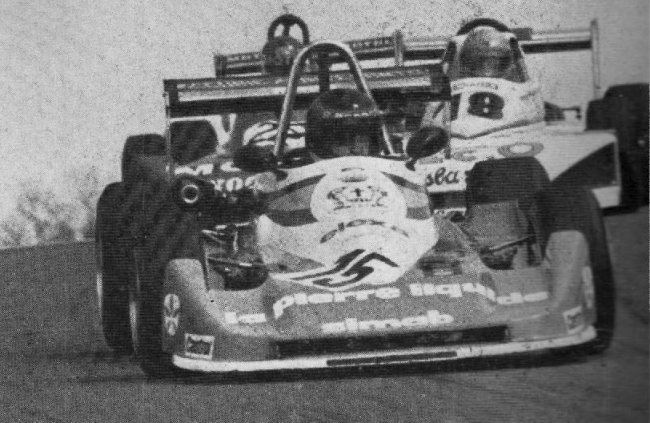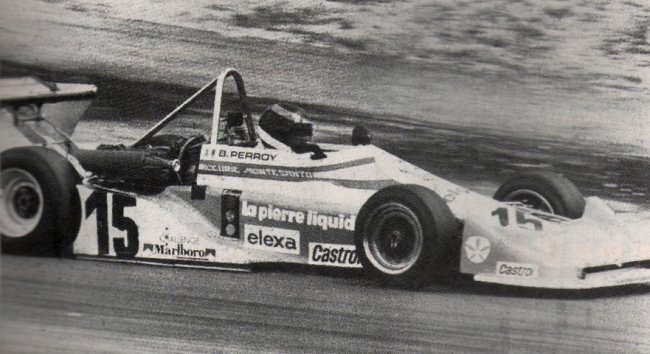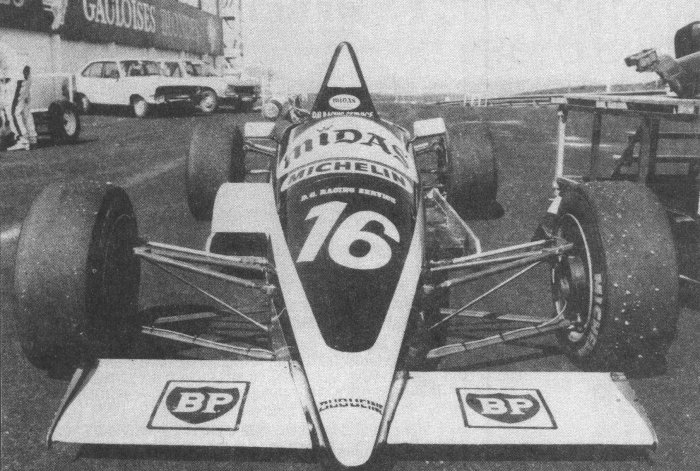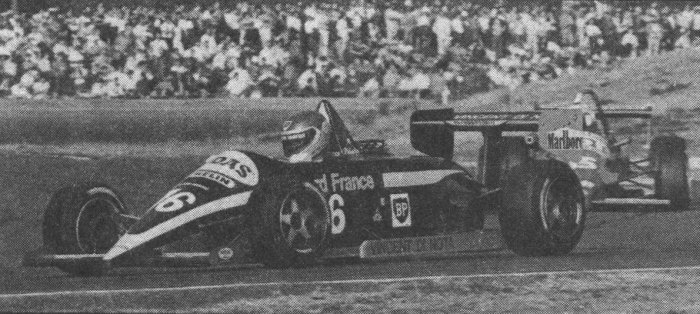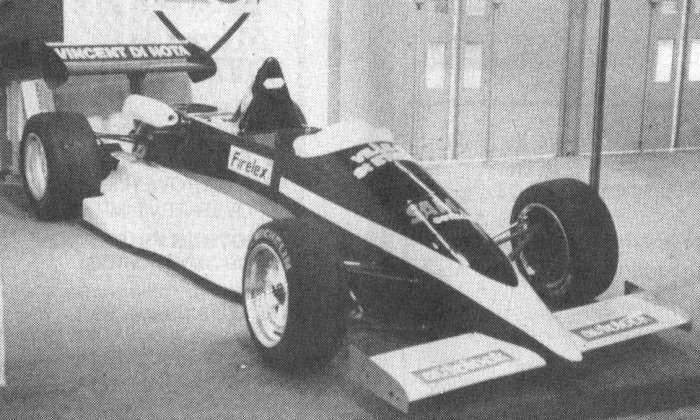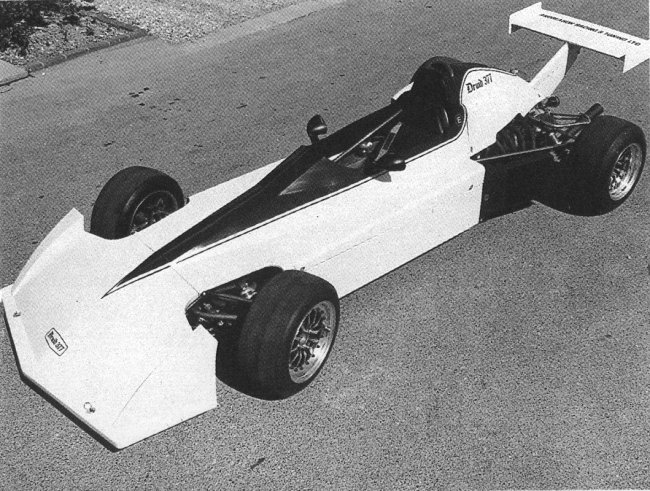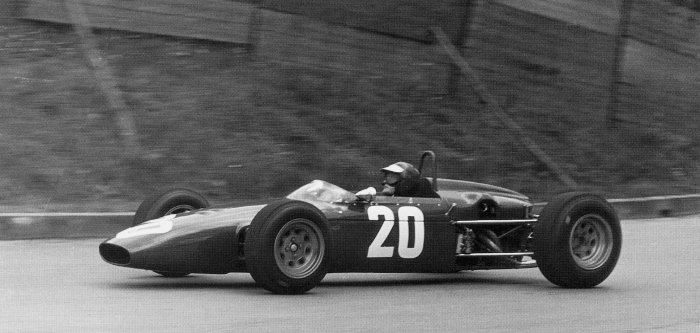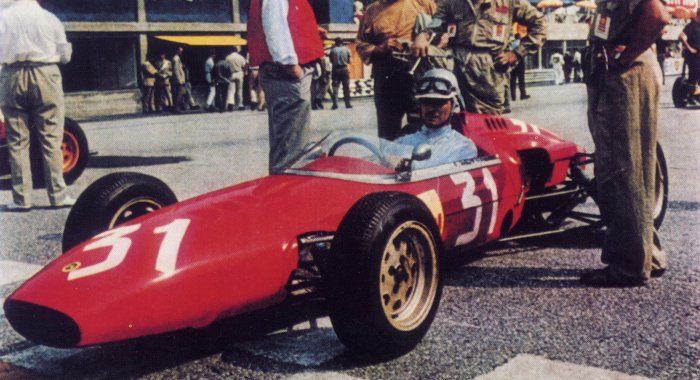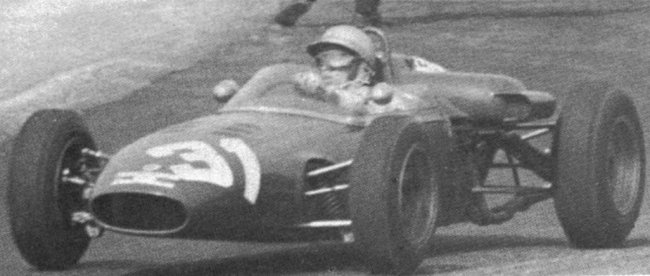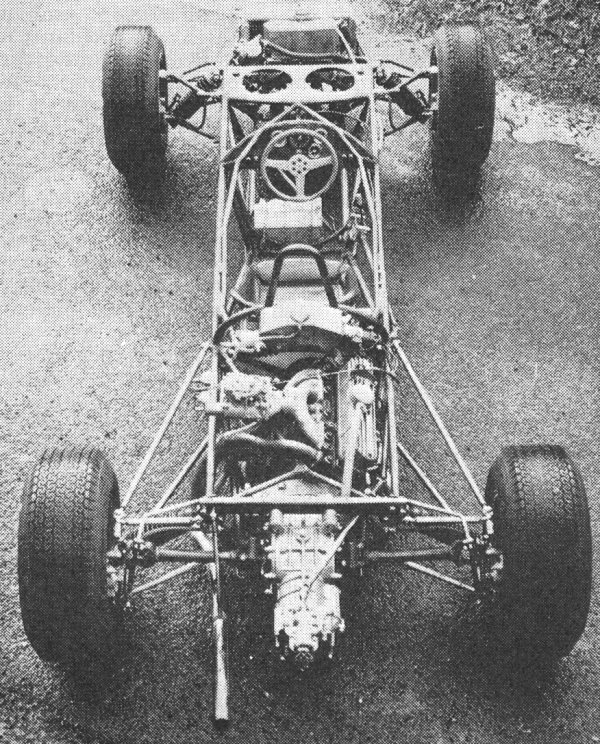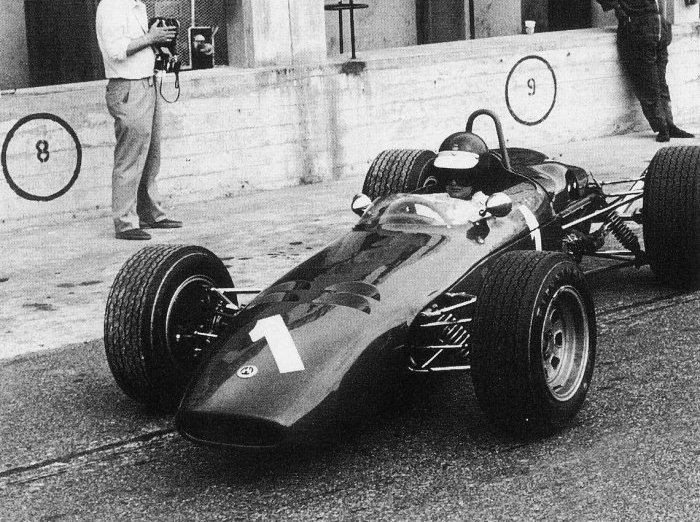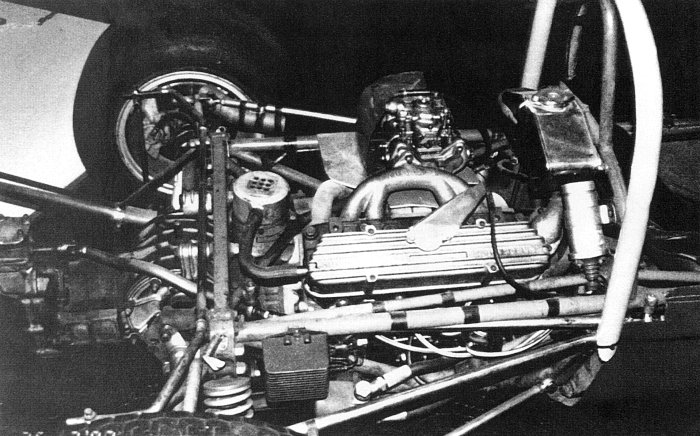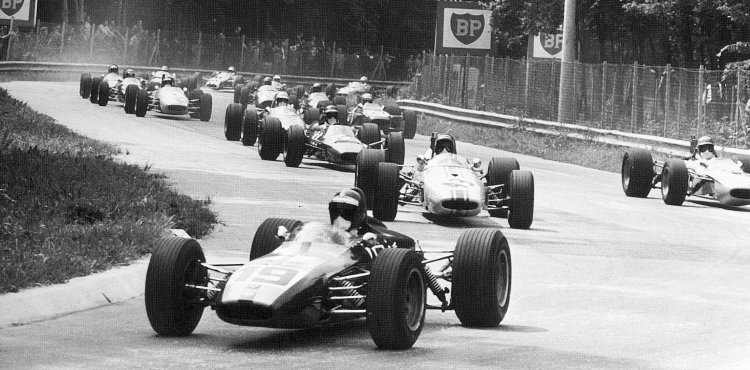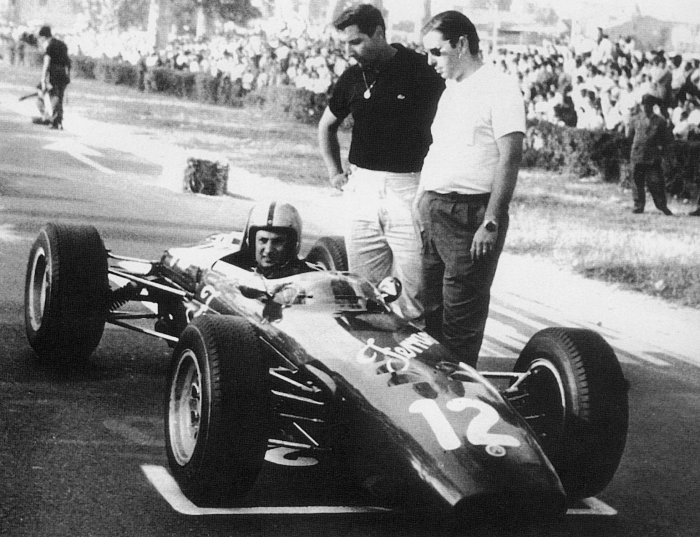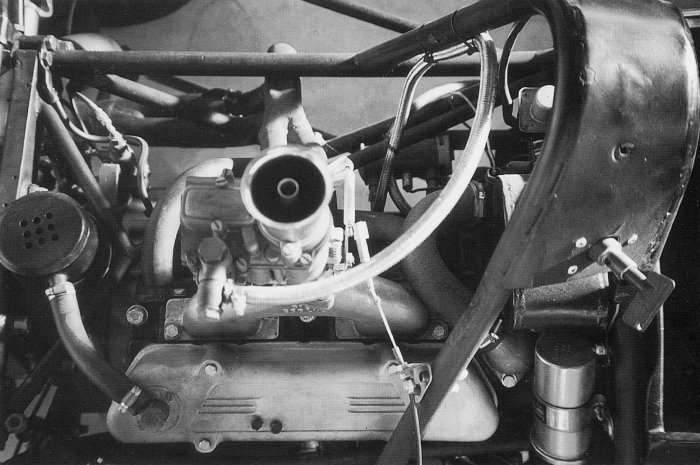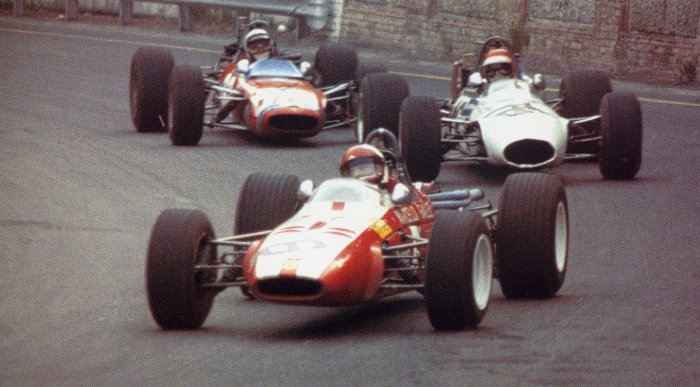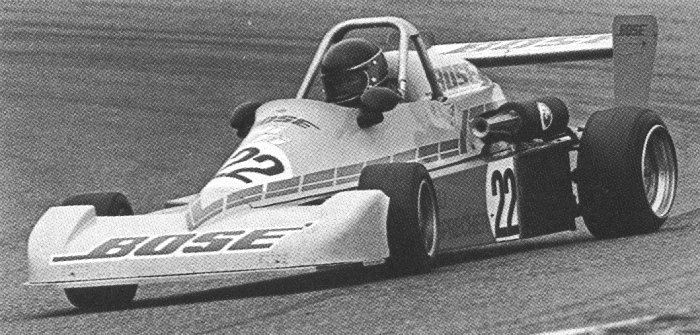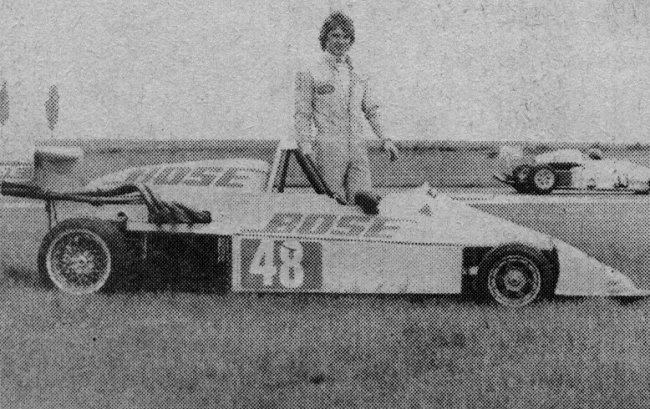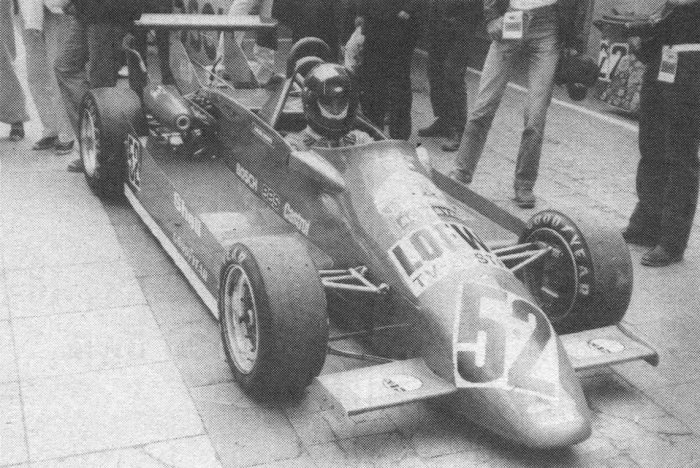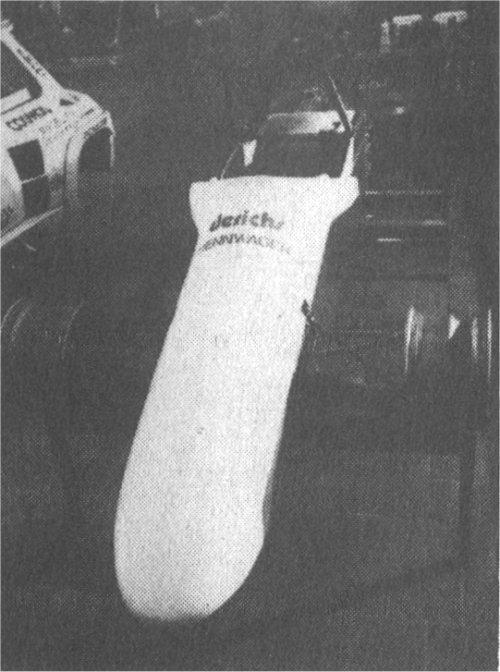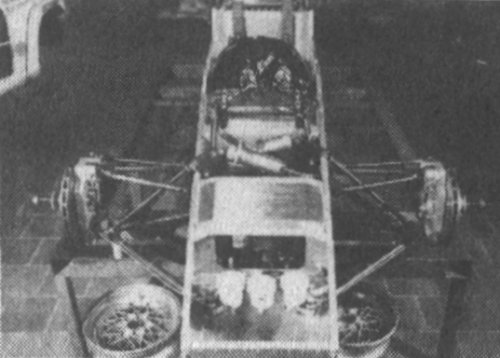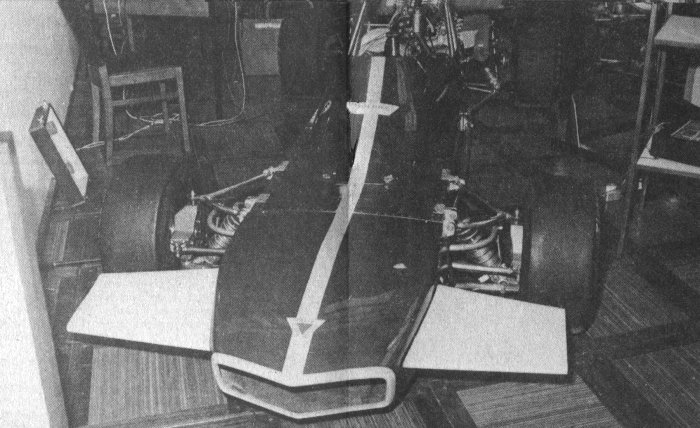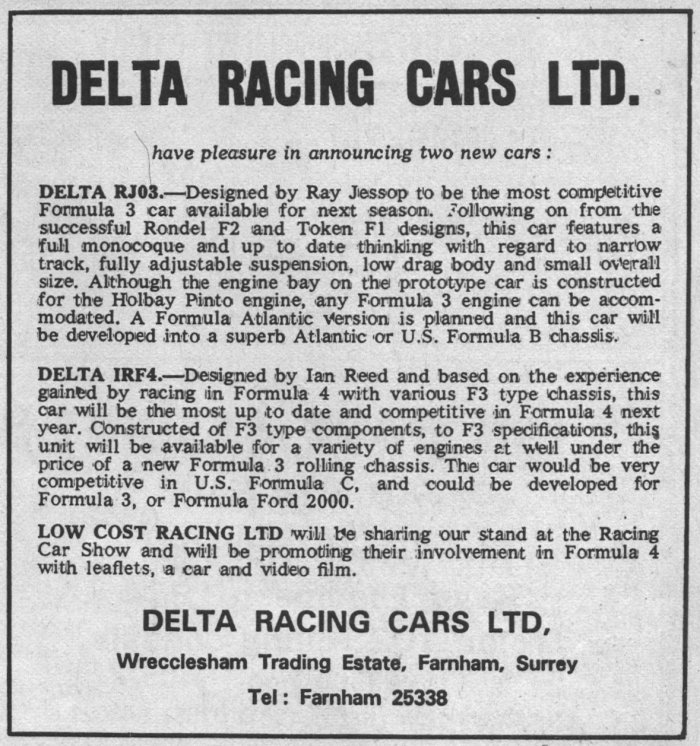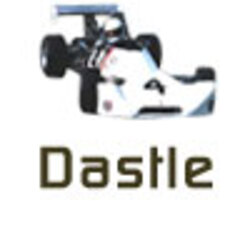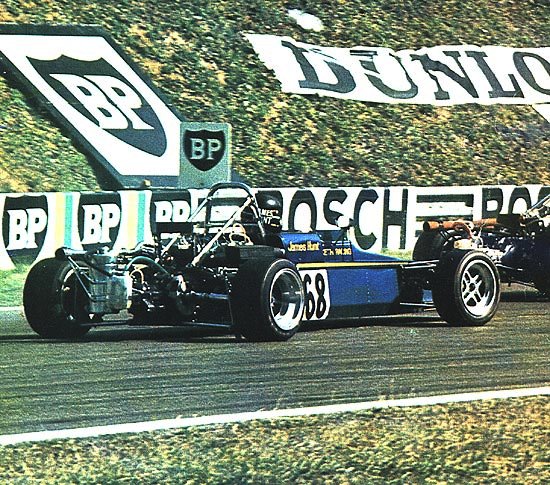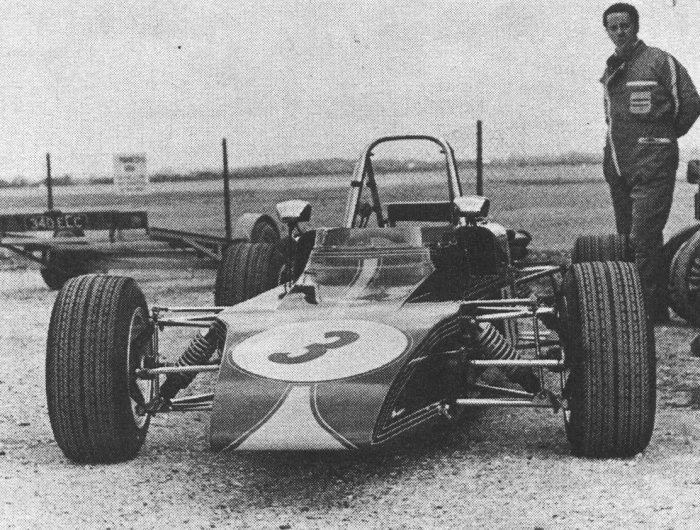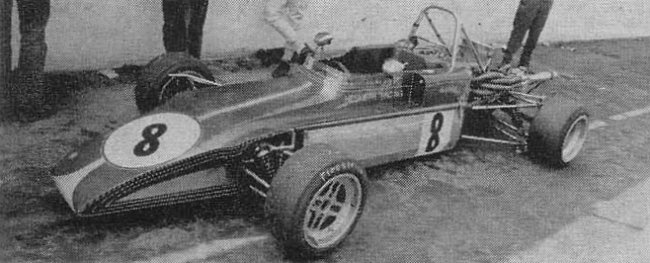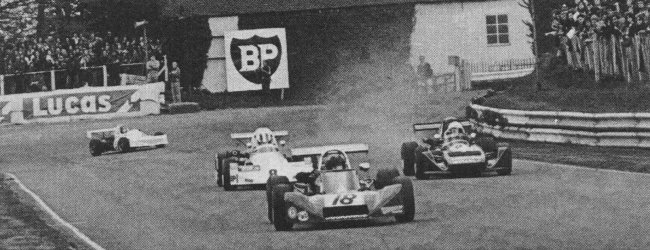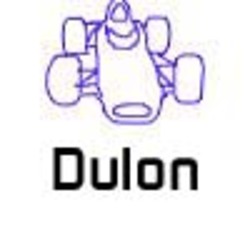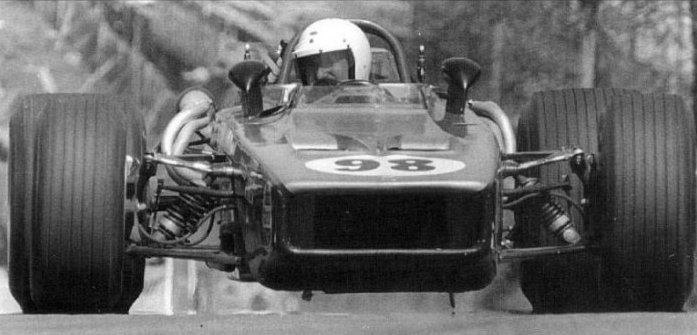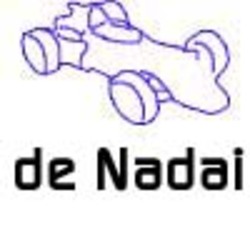Duqueine
The Duqueine brothers, Victor and Gilles, owned a manufacturing facility making high tech components based in Villeurbanne in France. Their first cars were built in 1978 for Formule Renault and their first F3 car followed the next year. Success was not forthcoming and their next F3 chassis would be the VG4 in 1984, they continued to manufacture cars up until 1987 when the lack of any sustained success caused their withdrawal. Duqueine had many other strings to their bow, they have also built monocoques for Ligier as well as components for Renault, Group C sports cars and rally cars. In addition they also work in a number of different industrial areas.
1979
The VG3 was reminiscent of the Martini F3 cars with its sculptured nose cone. It seemed to have the appearance of a neat workmanlike chassis and apparently it showed well at Magny Cours, but like so many cars of the late 1970s they were left behind by ground effects technology. It seems that only the single VG3 chassis was completed.
1984
The VG4 consisted of a composite chassis with pull rods at the front and rockers at the rear meaning that the springs and dampers are inboard all round. AP brakes were fitted front and rear. The whole car came in well below the weight limit requiring 35kg of lead ballast.
The VG4 first saw the light of day at the end of 1984 at Ledenon in the hands of Gilles Duqueine. The car continued into 1985 with Duqueine picking up several top six finishes until a serious road accident ended his career. Three cars were sold to customers for 1986 with Philippe Gache in particular having several promising runs.
1987
The VG5 appeared to be a continuation of the earlier VG4 theme. Sadly results weren’t good at Duqueine withdrew from F3 to concentrate on their other projects.
Drivers
1979 Bernard Perroy.
1984 Gilles Duqueine.
1985 Gilles Duqueine.
1986 Philippe Gache, Philippe Goutard, Uko Katayama.
1987

